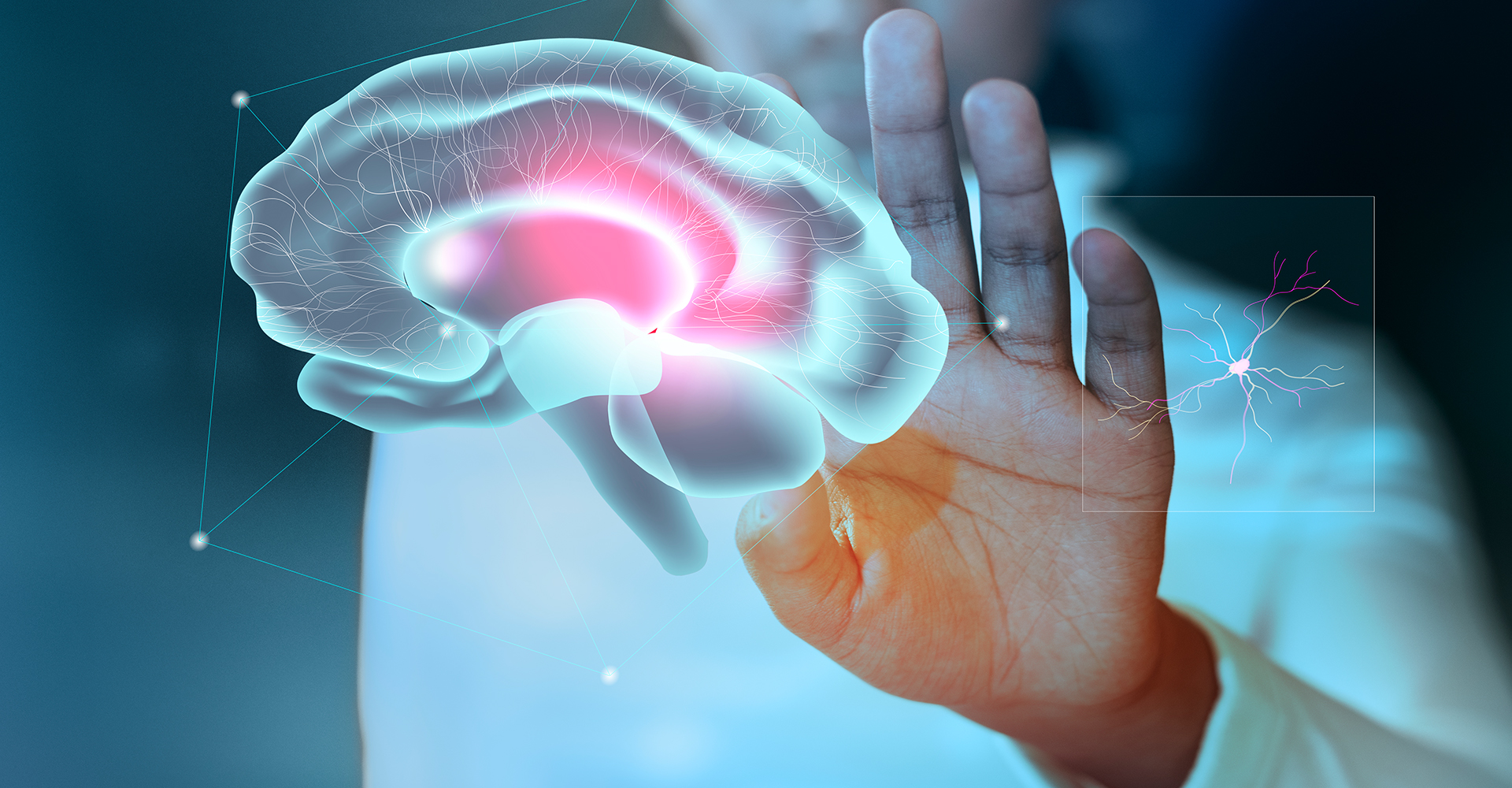Neurology is primarily concerned with the diagnosis, prevention, and treatment of disorders affecting any part of the nervous system that includes the Brain, peripheral nerves, spinal cord, and extra-cranial cerebrovascular system. Brain surgery is done when a person is diagnosed with cerebral aneurysms, brain tumors, and brain hemorrhage or when a person has weak blood vessels in the brain.
Symptoms of Neurological Disorders
Common symptoms of neurological problems include:
- Partial/Complete Paralysis
- Muscle Weakness
- Partial/Complete Loss of Sensation
- Seizures
- Headaches
- Blurry vision
- Fatigue
- Numbness in the legs or arms
- Changes in coordination or balance
- Weakness
- Slurred speech
- Tremors
Basic Tests To Diagnose Neurological Disorders
-
CT Scan of Brain: A Computed Tomography of the brain is a noninvasive diagnostic imaging procedure that uses special X-Ray measurements to produce horizontal or axial images of the brain. CT scan of the brain provides more detailed information about brain tissue and brain structures than standard X-rays of the head.
-
MRI Test for Brain: Magnetic Resonance Imaging(MRI) of the brain is a diagnostic test that uses a magnetic field and radio waves to produce detailed images of the brain and the brain stem. This helps to identify problems in the brain and the brain stem.
-
Electroencephalogram(EEG): An Electroencephalogram(EEG) is a medical test to find problems related to the electrical activity of the brain while tracking and recording brain wave patterns. Small metal discs with thin wires are placed on the scalp which then sends signals to a computer to record the results.
-
Nerve Conduction Velocity(NCV) Test: A Nerve Conduction Velocity(NCV) test evaluates the nerve damage and dysfunction. Also referred to as a Nerve Conduction Study, this medical procedure measures how quickly electrical signals travel through your peripheral nerves.
-
Electromyography(EMG): Electromyography(EMG) measures the electrical activity in response to a nerve’s stimulation of the muscle. This test helps to detect neuromuscular abnormalities. During this procedure, one or more small needles called electrodes are inserted through the skin into the muscle.
.png)
